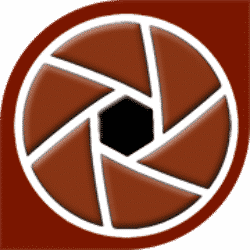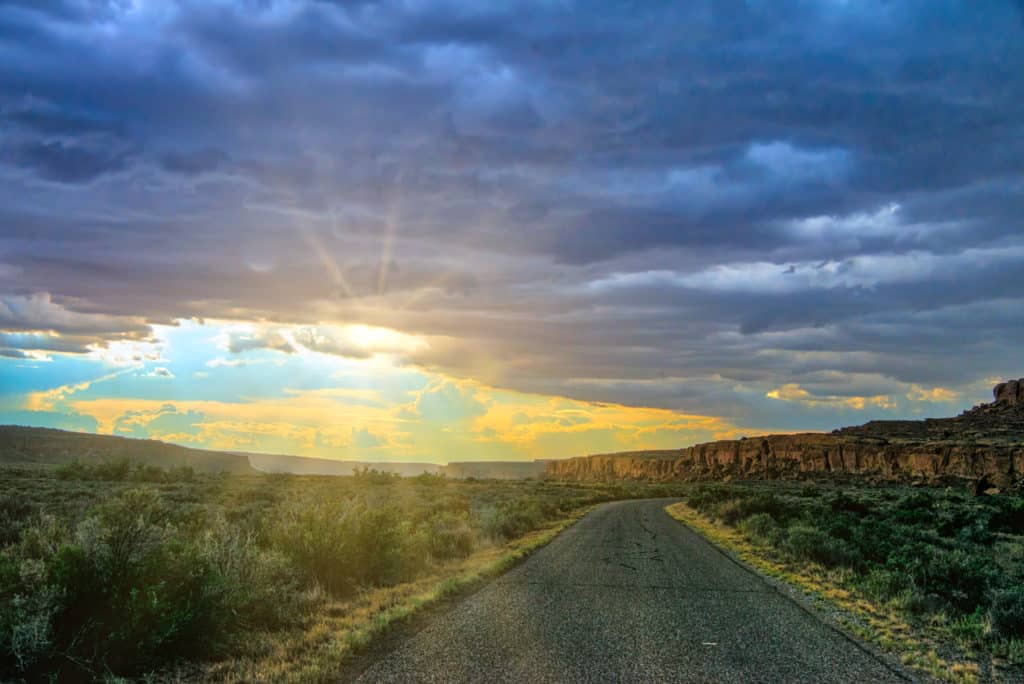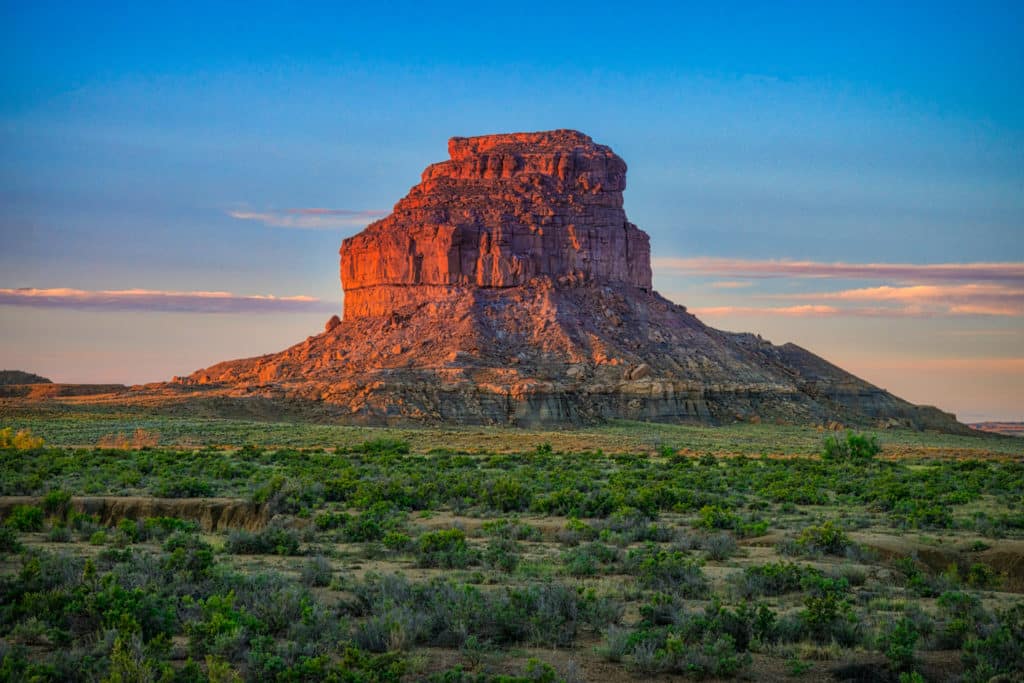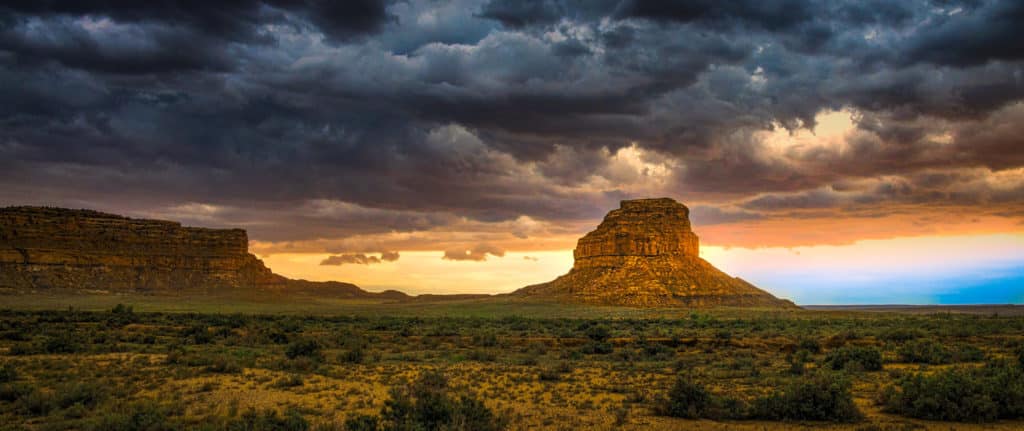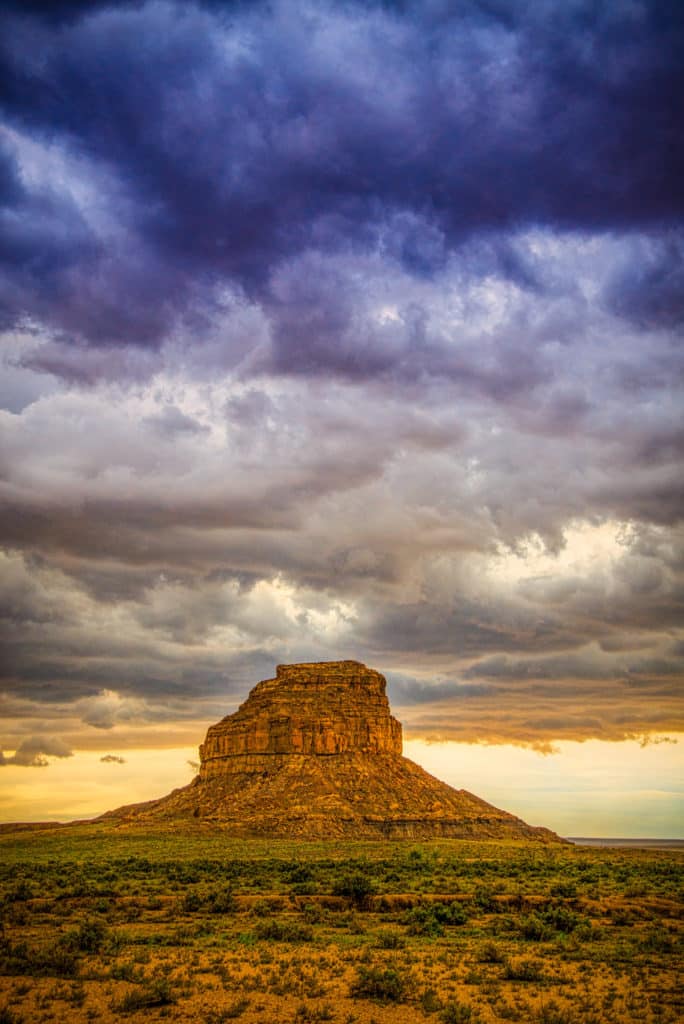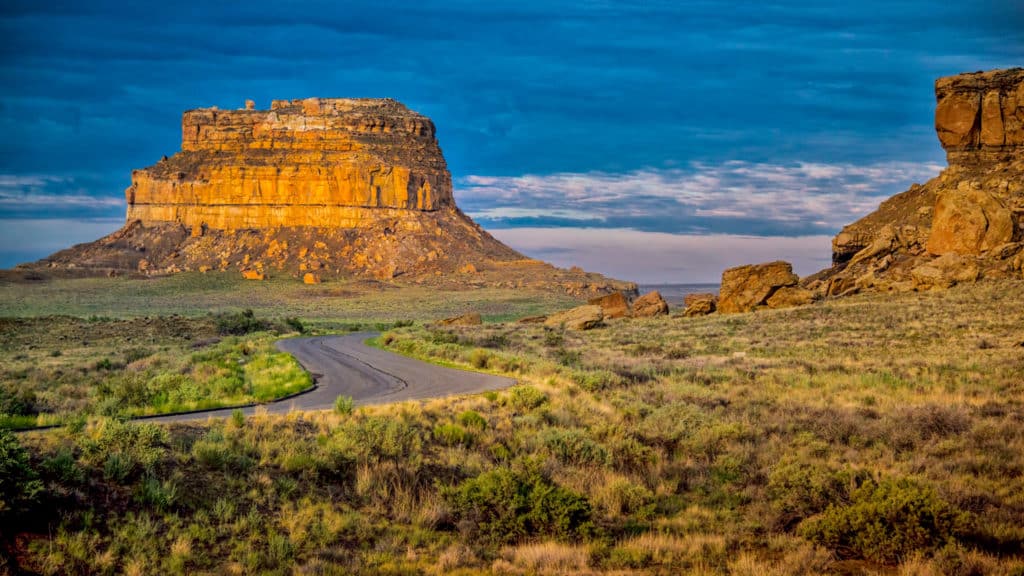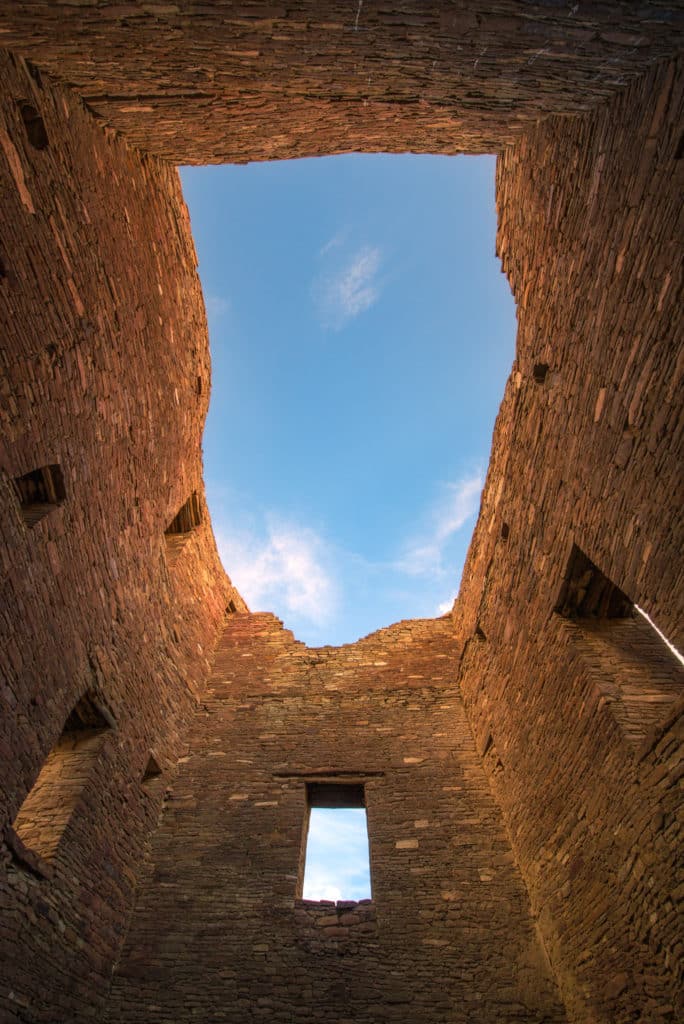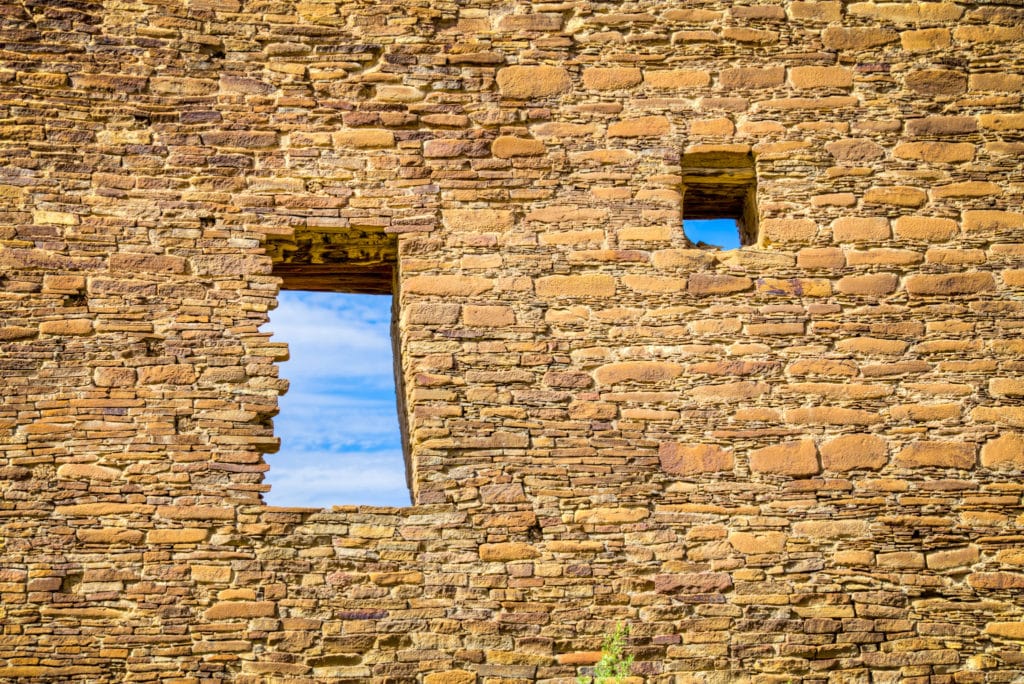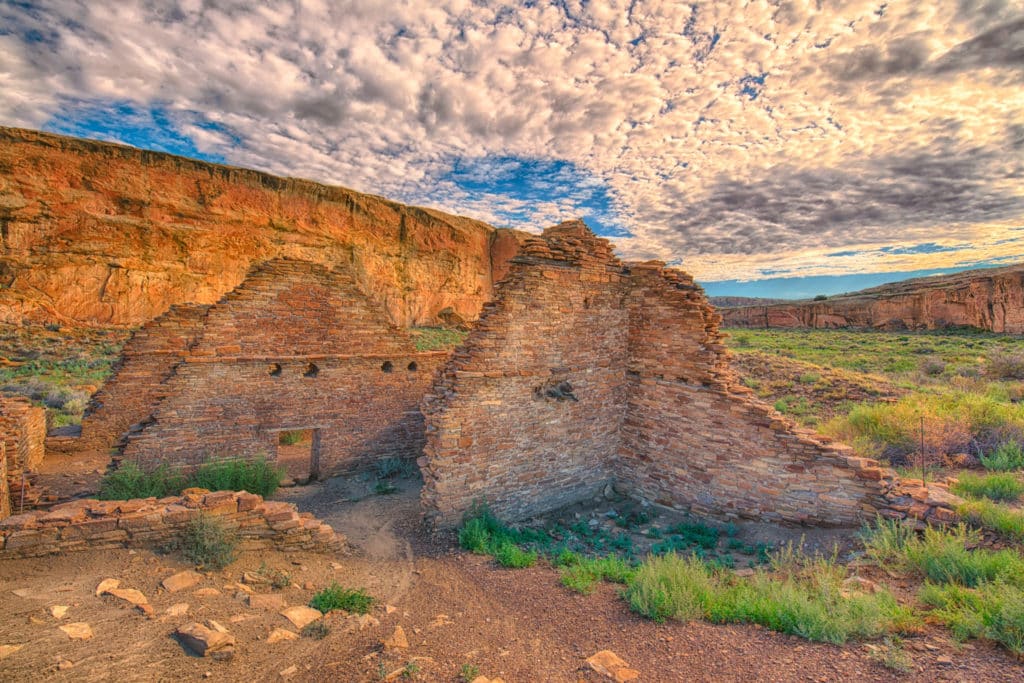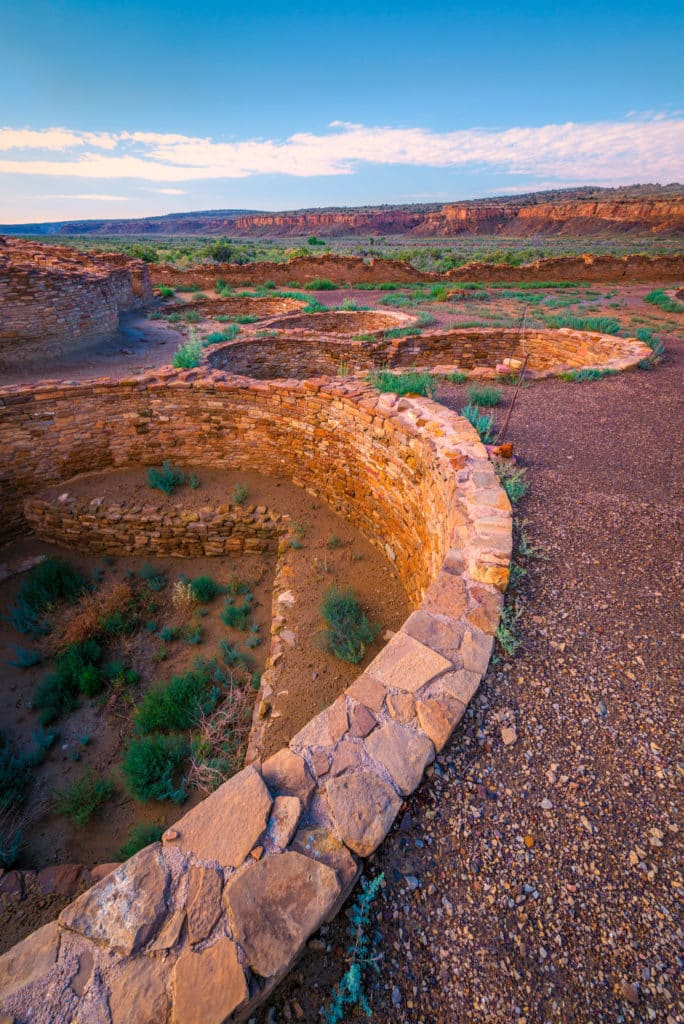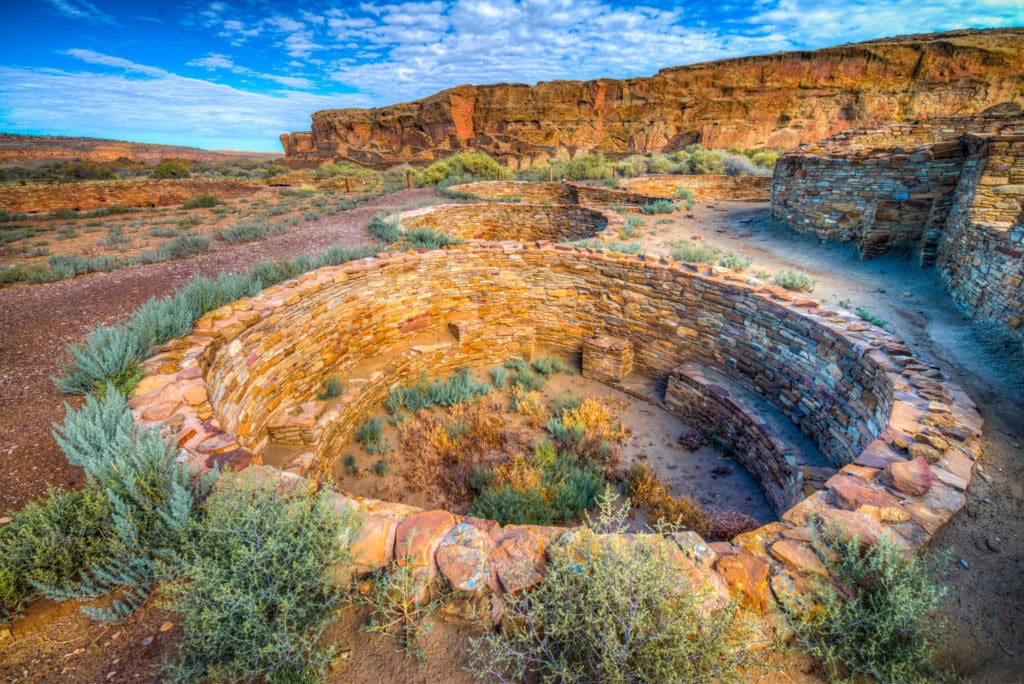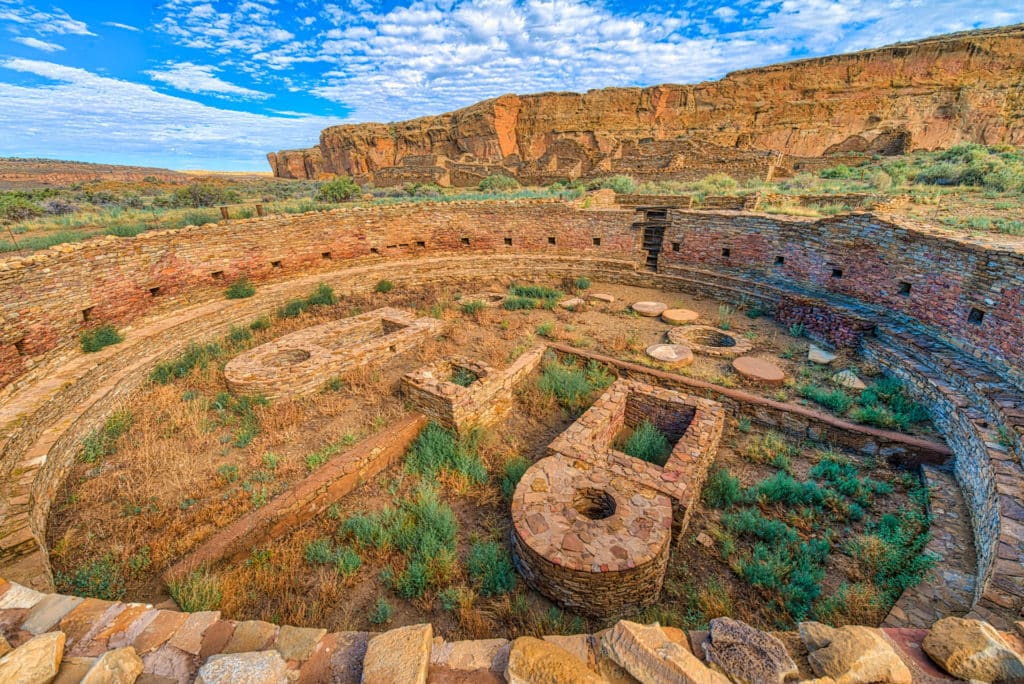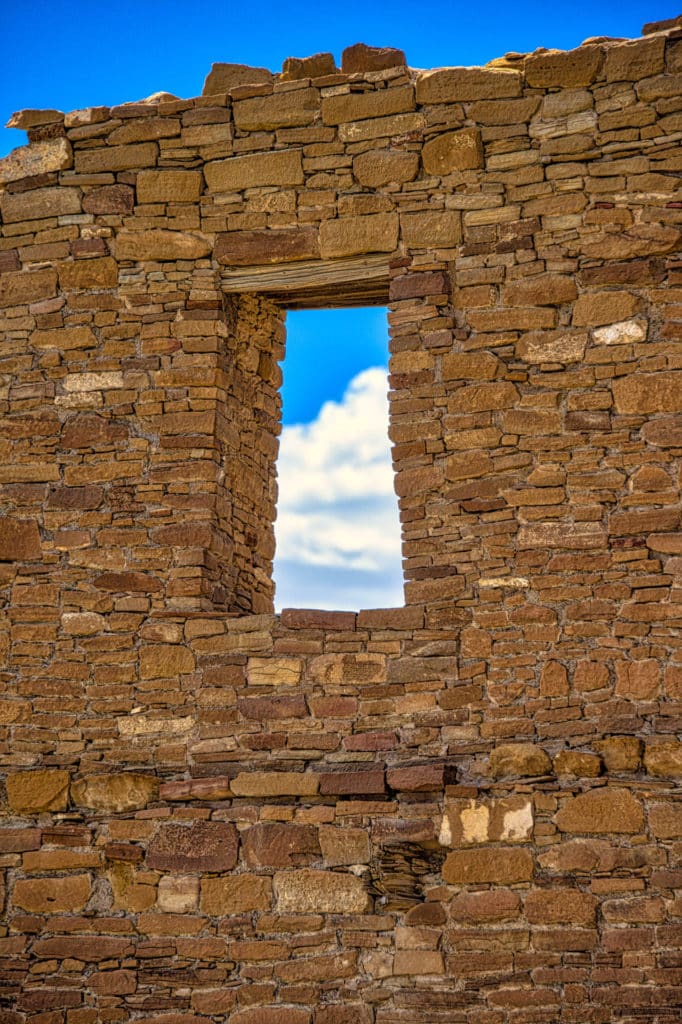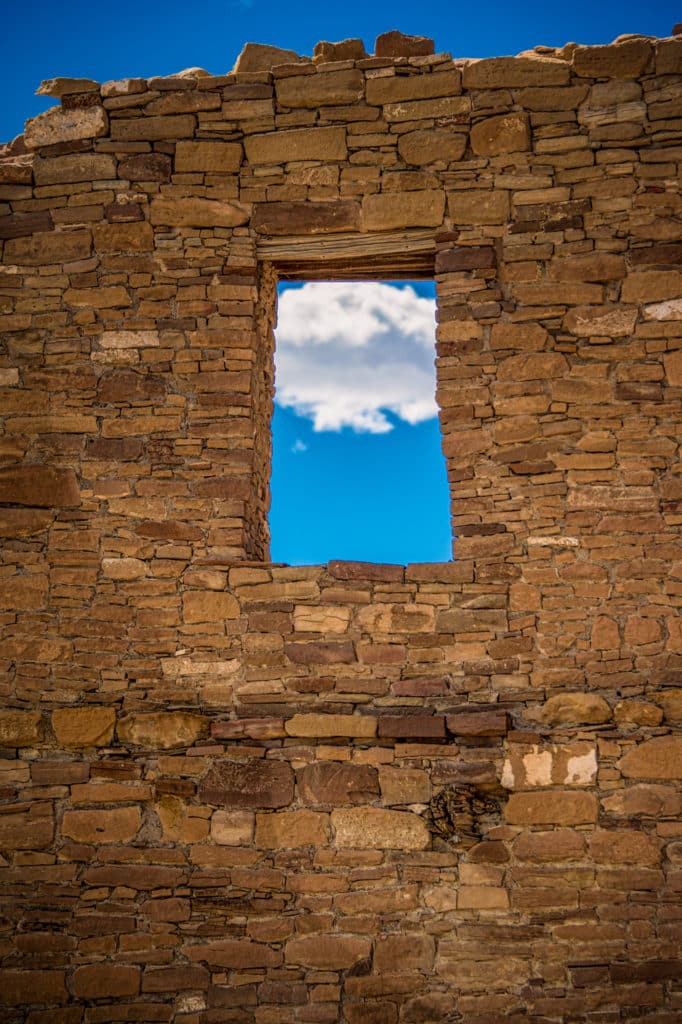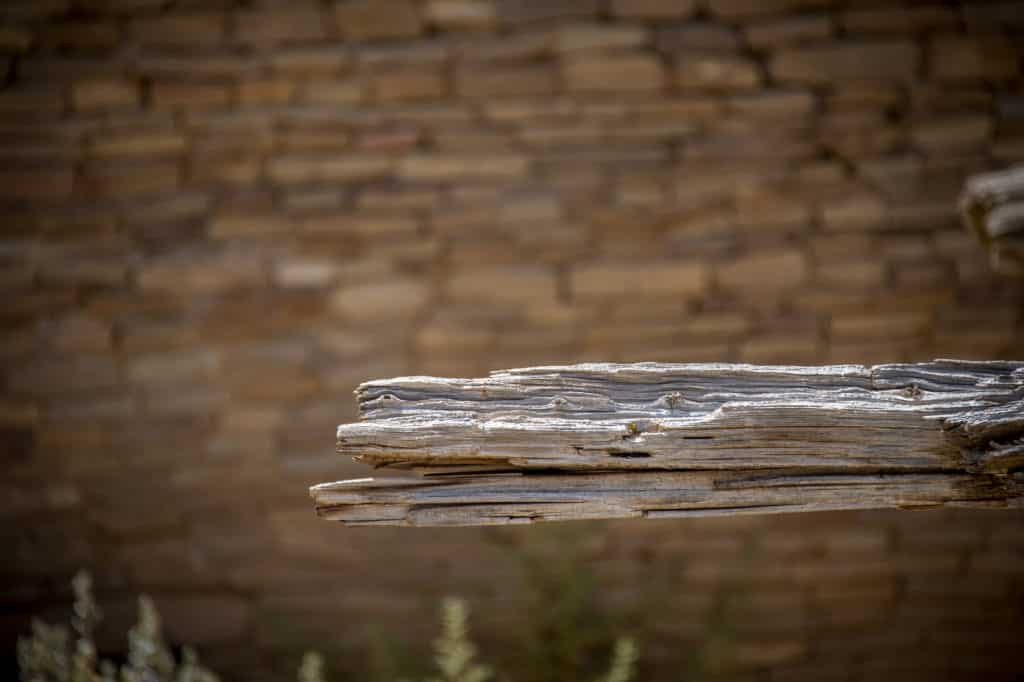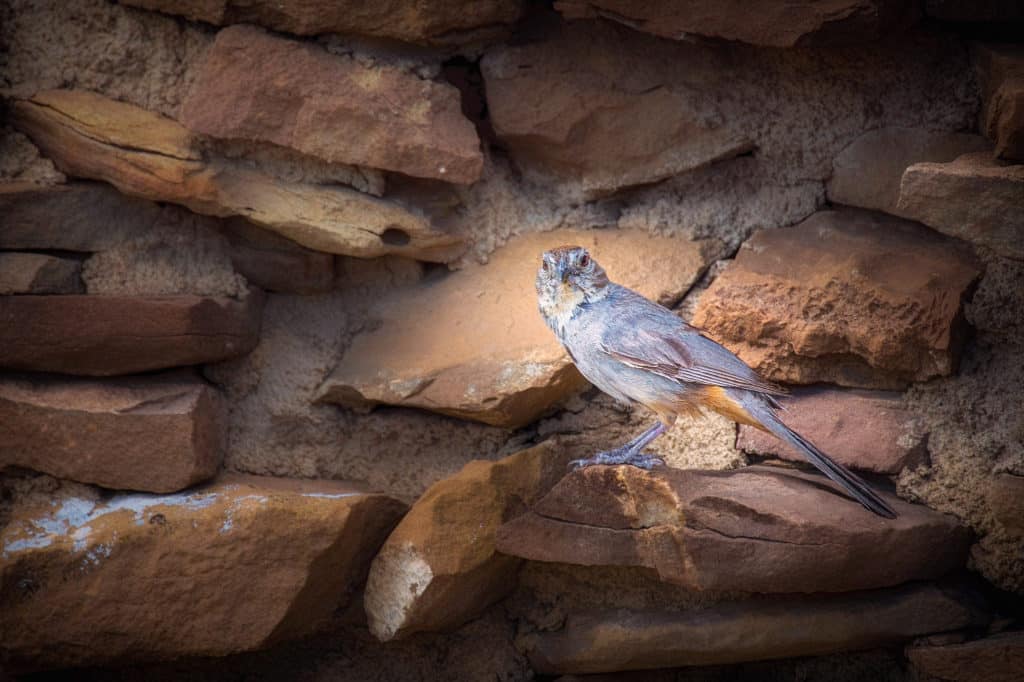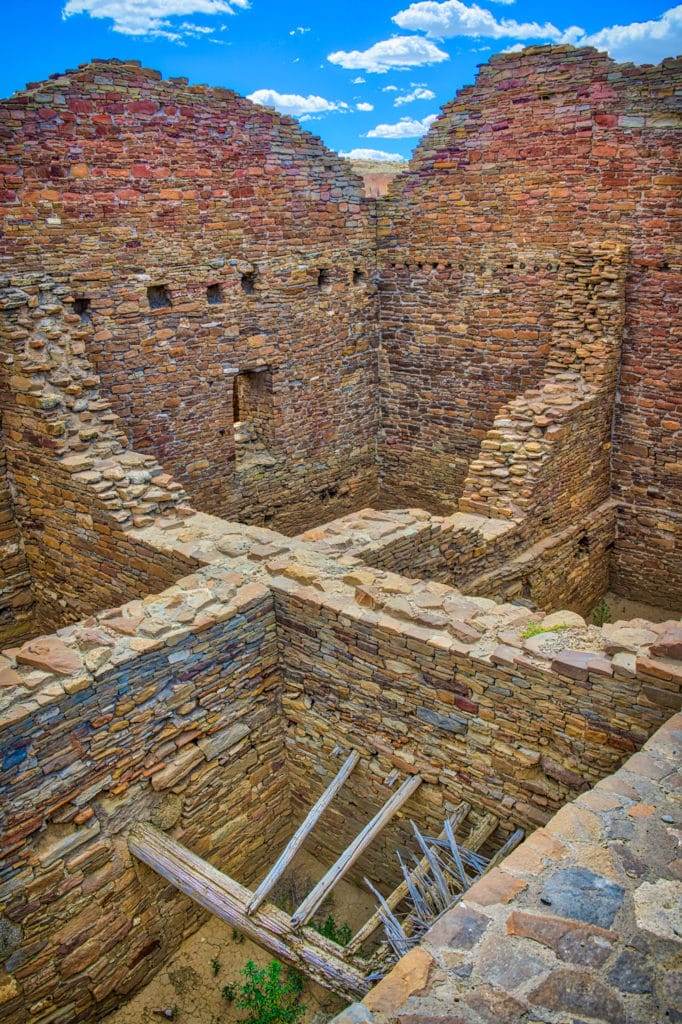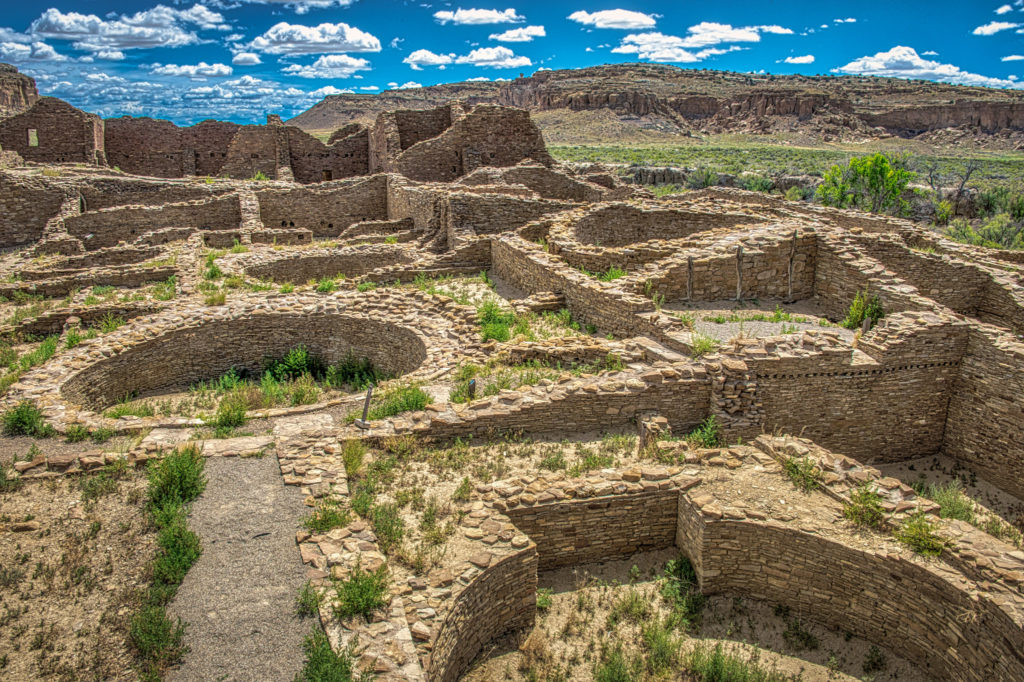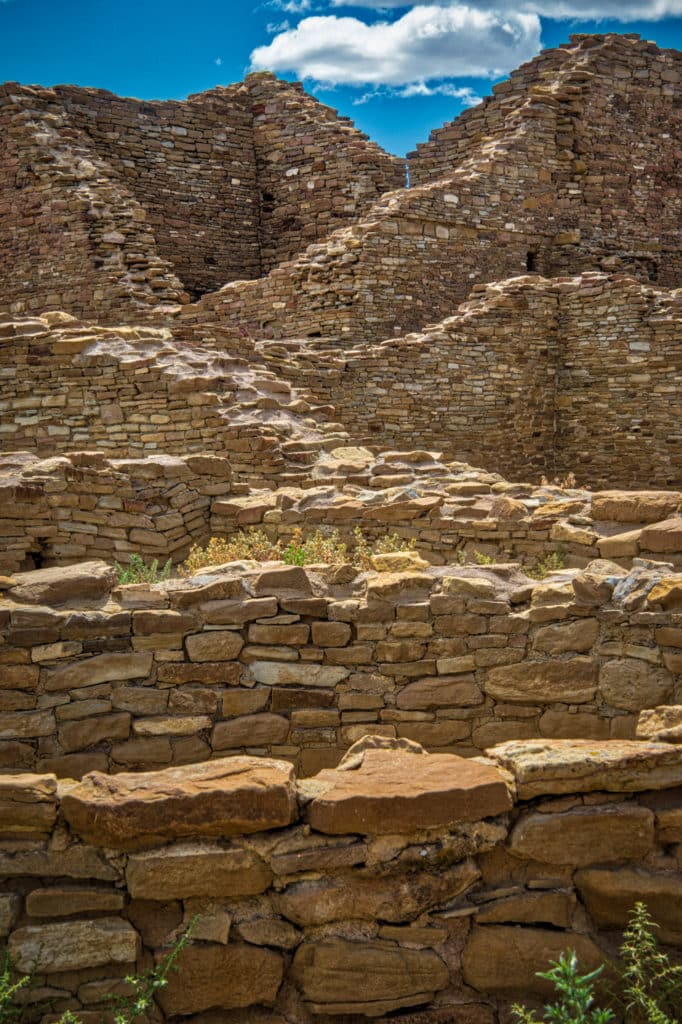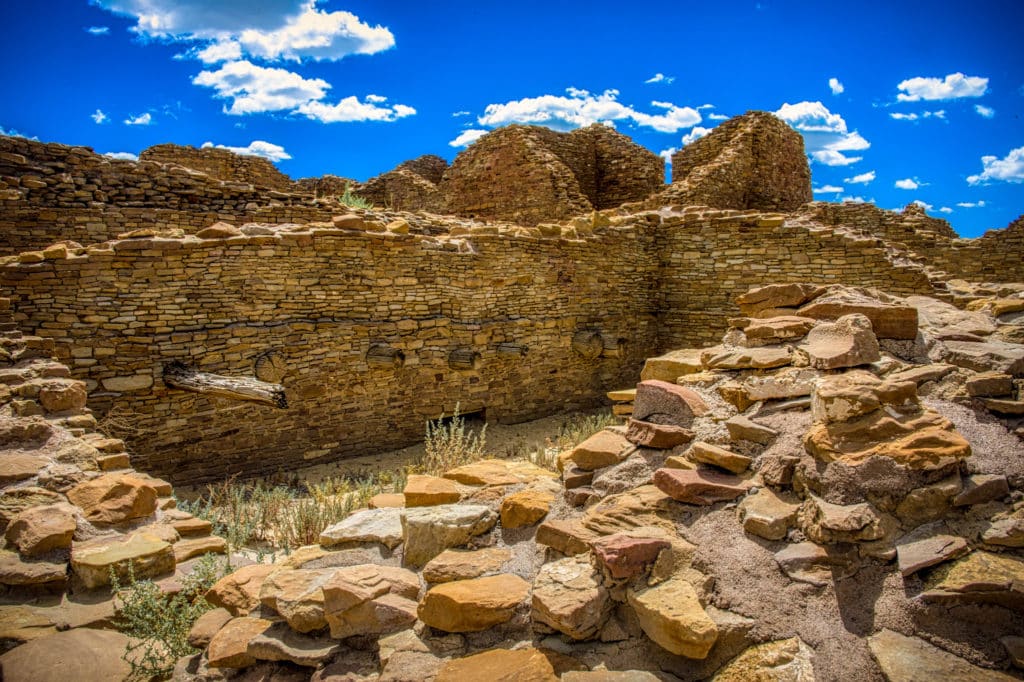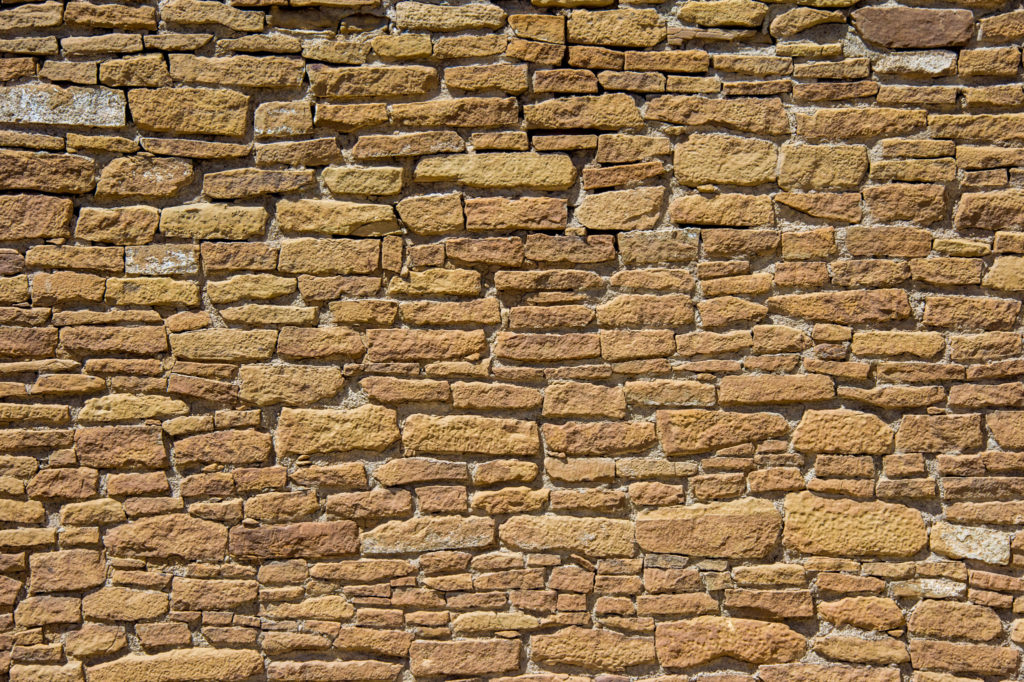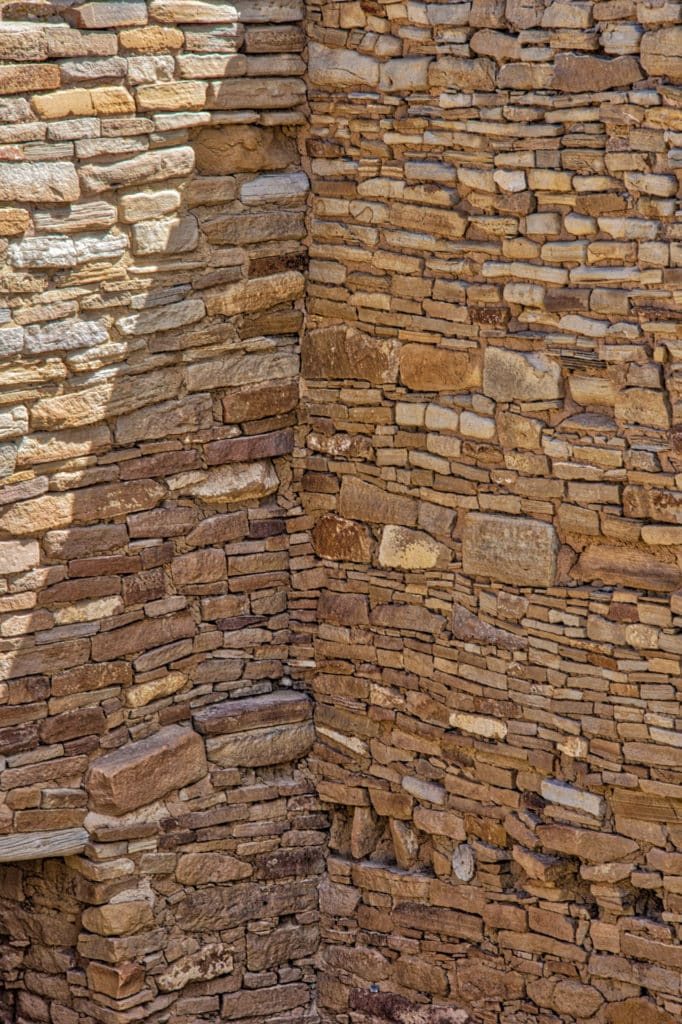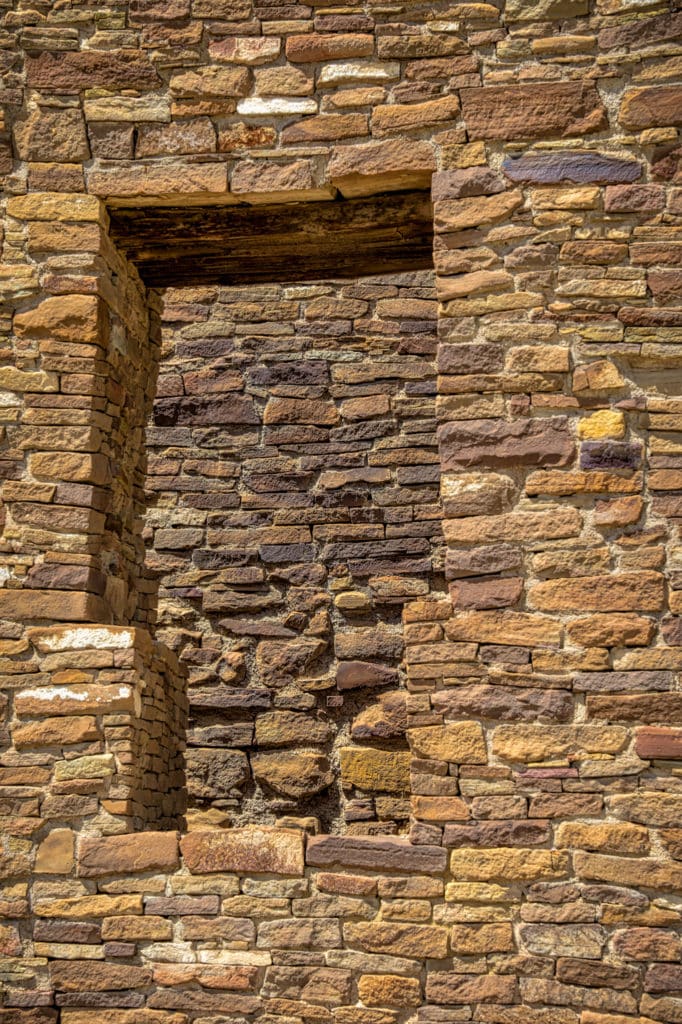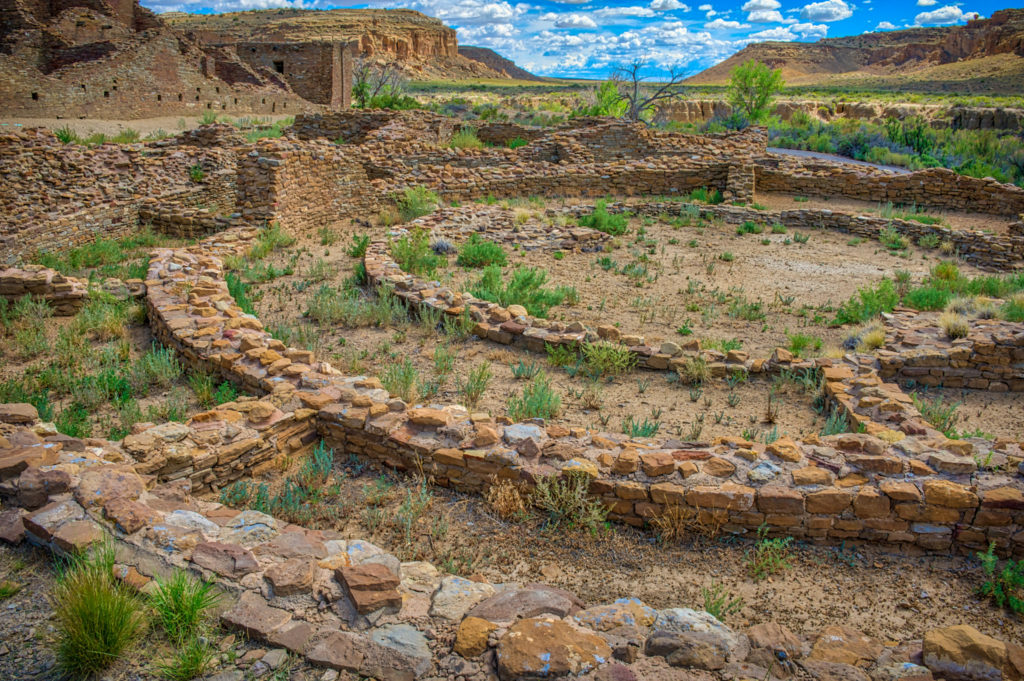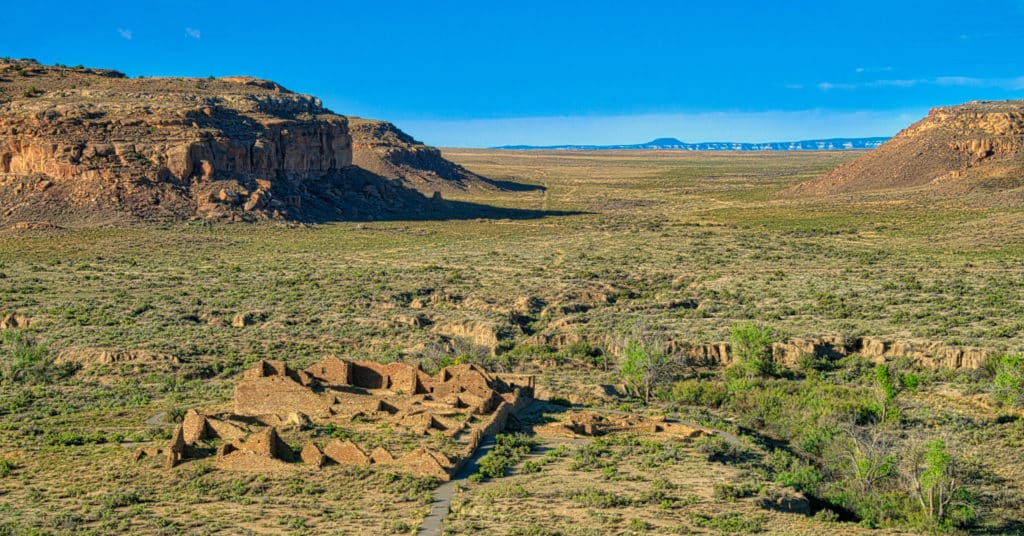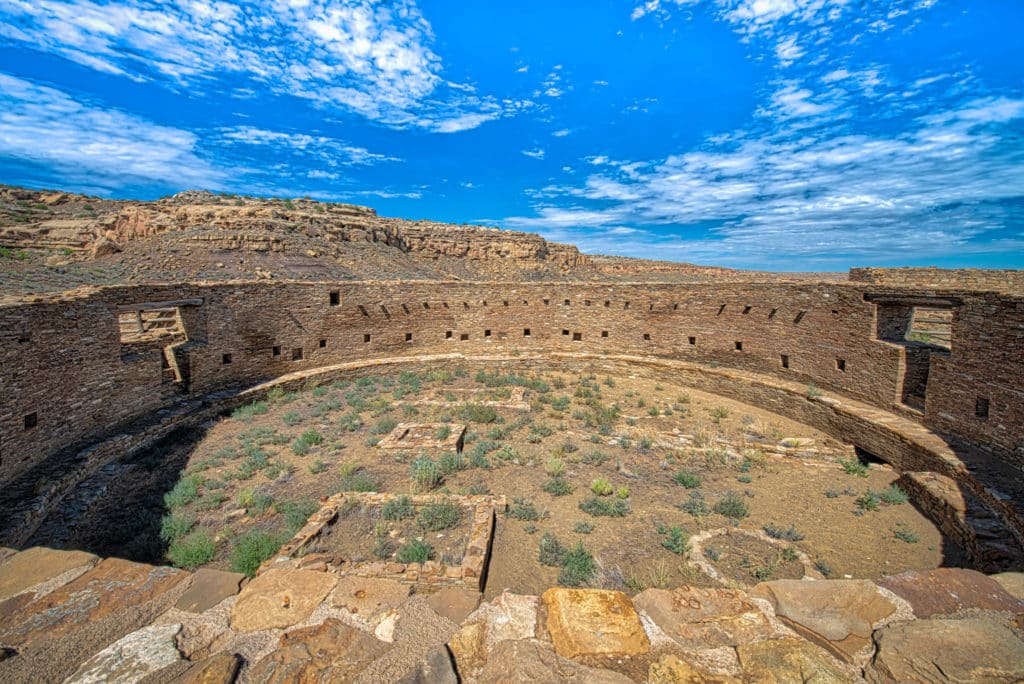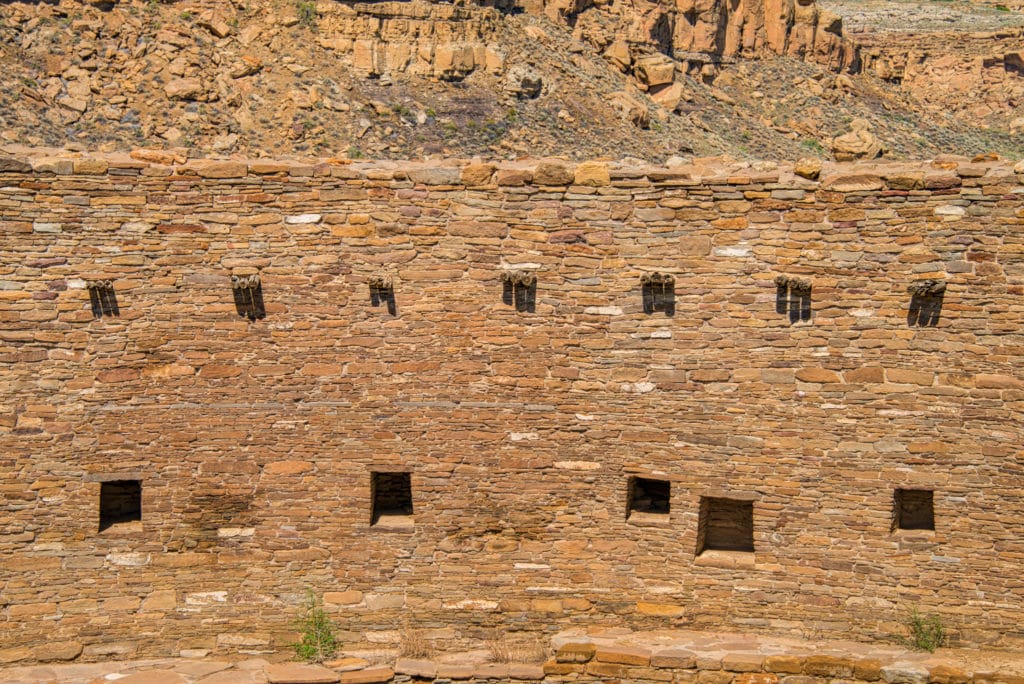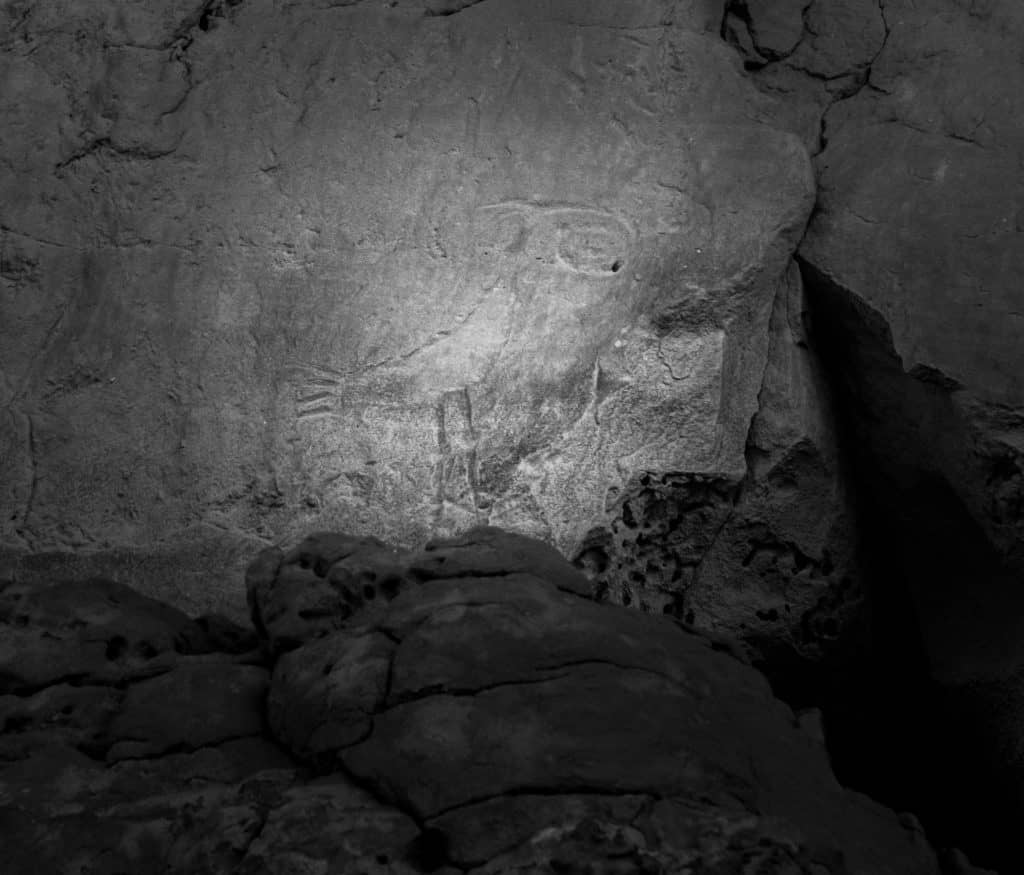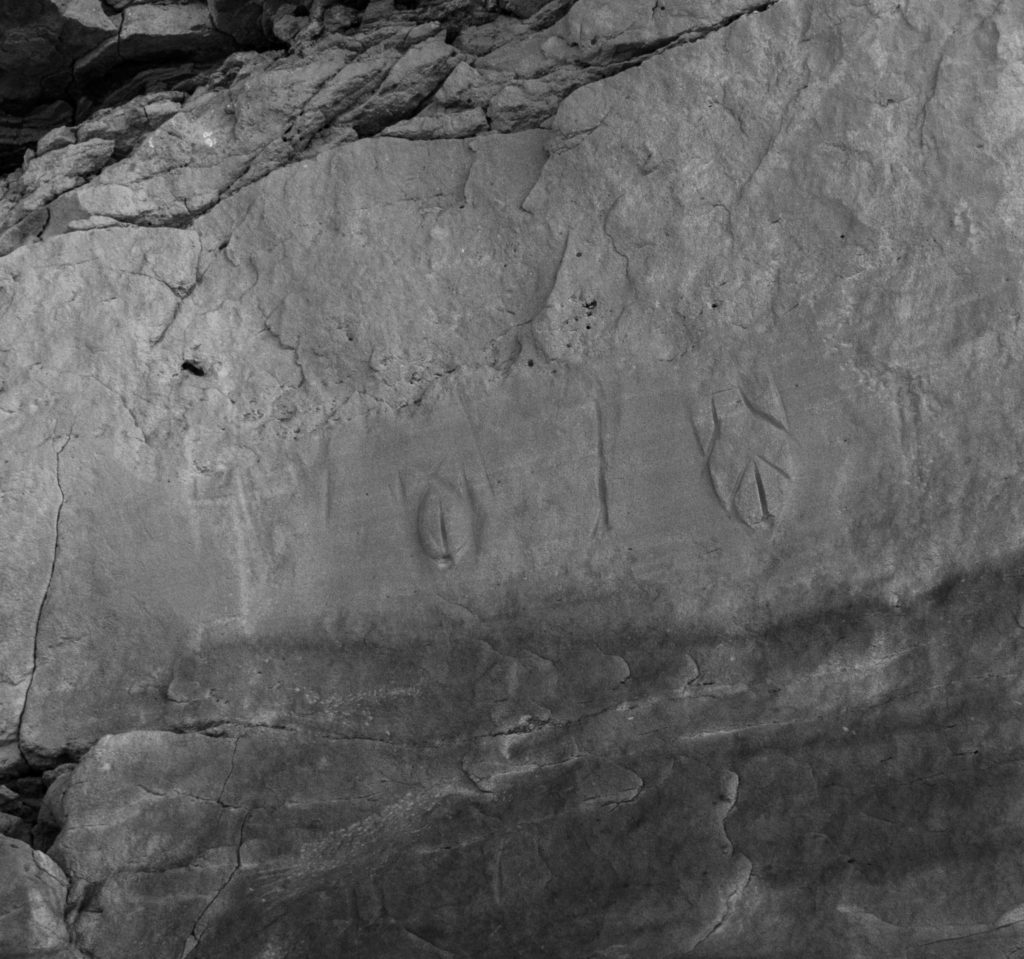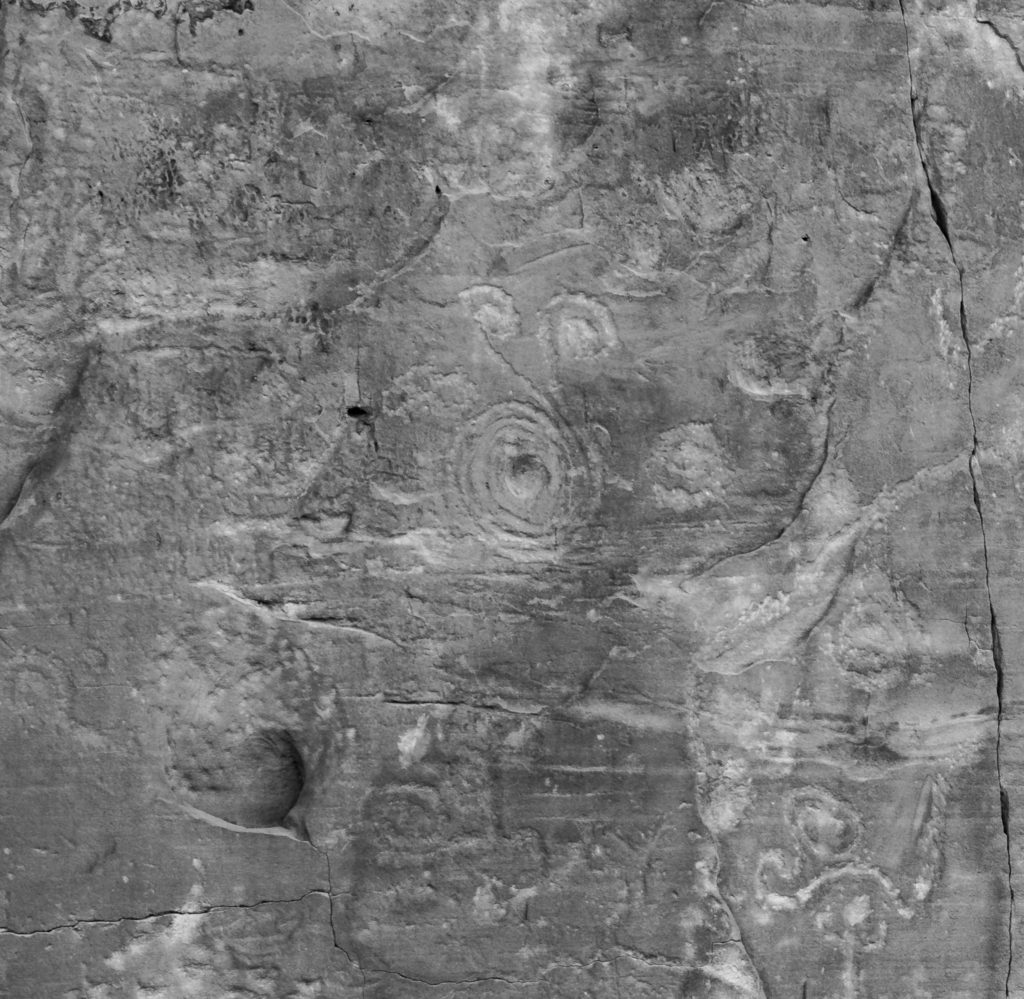Chaco Canyon was a center of Ancesteral Puebloan culture between 850 and 1250. Because of its historical significance, it is a UNESCO World Heritage Site called Chaco Culture National Historical Park. Here is a view entering the park in the late afternoon.
Photographs of Chaco Canyon
Photographing Chaco Canyon should be on every outdoor photographer’s bucket list. And, if you are fortunate enough to live in the southwest, Chaco Canyon needs to be a frequent destination. Here are some shots from our most recent visit. They are organized by great house or geologic feature.
Fajada Butte
Fajada Butte is a major landmark in Chaco Canyon and may have served as some type of astronomical observatory.
Pueblo Bonito
Pueblo Bonito is the largest great house in Chaco Canyon, as well as in the Chacoan Outliers.
Chetro Ketl
The most noticeable features at the Chetro Ketl great house are the clusters of kivas in the courtyard.
Southern Chacoan stairway
Heading up the north-facing cliffs along Chaco Wash is a set of steps. These steps lead up onto the top of the mesa.

Kin Kletso
Kin Kletso is a McElmo-style great house was built late in the Chacoan period, between 1125 and 1120 AD.

Pueblo del Arroyo
Pueblo del Arroyo has a number of interesting features to photograph, such as a viga and latilla roofed room where a Macaw skeleton was found, as well as a mysterious trip-walled circular structure.
Casa Rinconada
Casa Rinconada is the largest excavated great kiva in Chaco Canyon.
Petroglyphs
There are a number of petroglyphs along the cliffs behind Chetro Ketl and elsewhere. Here are several interesting examples.
Geology
The Mesa Verde Group is the primary formation in Chaco Canyon. Here are some photos of features in the Cliff House Sandstone.
Tips on Photographing Chaco Canyon
Here are some tips to keep in mind when planning your visit.
Camp at Chaco
The most important tip is to camp at the Gallo Campground. Because Chaco Canyon is an archaeological site, the rangers close the gates at the visitors station every evening at 5PM and open them again at 8AM.
Therefore, trying to drive in and out each day is foolish. The road into the park is absolutely terrible. It is about 20 miles of the worst washboard we have ever been on. Seriously, it is horrible. The back roads into the park are just as bad – if not worse. So, staying at Gallo is your best option, because this allows you the most time in the park.
Visit Chaco when the days are short
Since the best time to photograph the ruins is at dawn or dusk, plan to visit in the fall, winter, or very early spring. The sunlight will still be favorable for dramatic photos even though the gates do not open until 8AM or later, if the ranger wants a bit of a sleep-in.
Plan your shots
Use your downtime in the middle of the day to plan your morning and evening shots. Use an ephemeris to determine where the sun and moon will be and create your shooting list. Actually, you can do a good bit of this research prior to your arrival. But, nothing quite beats ground-truth.
Shoot early or late
I know I sound like a broken records. But, because the building materials and surrounding cliffs are the same hue, shooting early or late in the day provides the best photographic opportunities. The low sun enhances contrast, giving the foreground subjects more separation from their background. Also, you will be more likely to capture the golden glow that separates the best photos of the ruins from the rest.
Don’t photograph just ruins
Yes, the great houses and kivas are the raison d’etre for the park. However, there are natural features that are worth some shots—particularly, Frajada Butte. It is majestic at sunset, especially with dark monsoon storm clouds behind it. Speaking of rain, dark storm clouds add contrast and drama to scene. Yes, I know. This goes against my fall/winter advice. That just means you need to visit the park more than once!
Additionally, you may be fortunate enough to see elk drinking in Chaco Wash. Or, see a flock of turkey vultures sitting in a dead tree.
Purchasing our photographs
All of our scenic photographs are available as fine art prints. Use the contact form to the right to get more information. Or, go to our Fine Art Print page to learn about various pricing options.
Other portfolios of ancient ruins
Ancient ruins are found throughout the southwestern United States. Here are some addition photos of ancient ruins we have taken: Mesa Verde National Park
